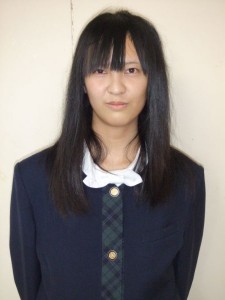
By Ben Mirin, CIR
July 27th, 2011
NANAE ONUMA—On the morning of July 26th, twenty-four of Nanae’s government employees arrived at the town office in outfits that undoubtedly broke Japan’s “casual bizz” dress code for summer. Instead of collared shirts, slacks, and indoor slippers they tramped inside with dusty sneakers, cargo shorts, bandanas, and the occasional apron.
Moments after the morning bell rang I ran outside with this already sweaty entourage and piled into one of several cars bound for Nagareyama Onsen in the neighboring town of Onuma. When we arrived crates of vegetables and packs of ice were already streaming across the spa’s luxurious grounds. An early start was critical; soon, 235 children and parents from Fukushima would arrive for an all-day barbecue to kickoff the first season of Fukushima Kids’ Summer Camp, and to enjoy their first leisurely day outside in over four months.
“You are wonderful hosts!” exclaimed the Camp’s founder Toru Shinshi. “Normally we have about 80 volunteers with us on the program, but today there is a great local turnout.”
Not thirty minutes had passed and already Nanae’s task force was greeting the first waves of students and summer camp staff. As they arrived, so did volunteers from Nanae’s Board of Education and from the Higashi Onuma Elementary student body and Parent-Teacher Association. Groups from all around Nanae would arrive that day to help the Summer Camp achieve its simple, heartfelt goal:
“All we want is for these kids to be able to play outside again, especially during their summer break,” Shinshi-san explained. “Towns throughout Fukushima Prefecture have cancelled all of their student programs for the summer of 2011 because of the accident and unfolding crisis at the [Fukushima Daiichi] nuclear power plant, and children are being forced to stay indoors.”





